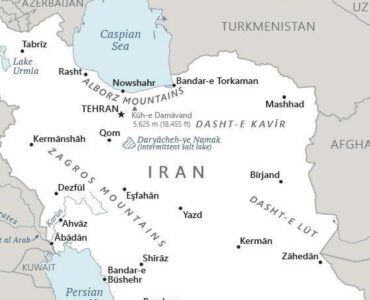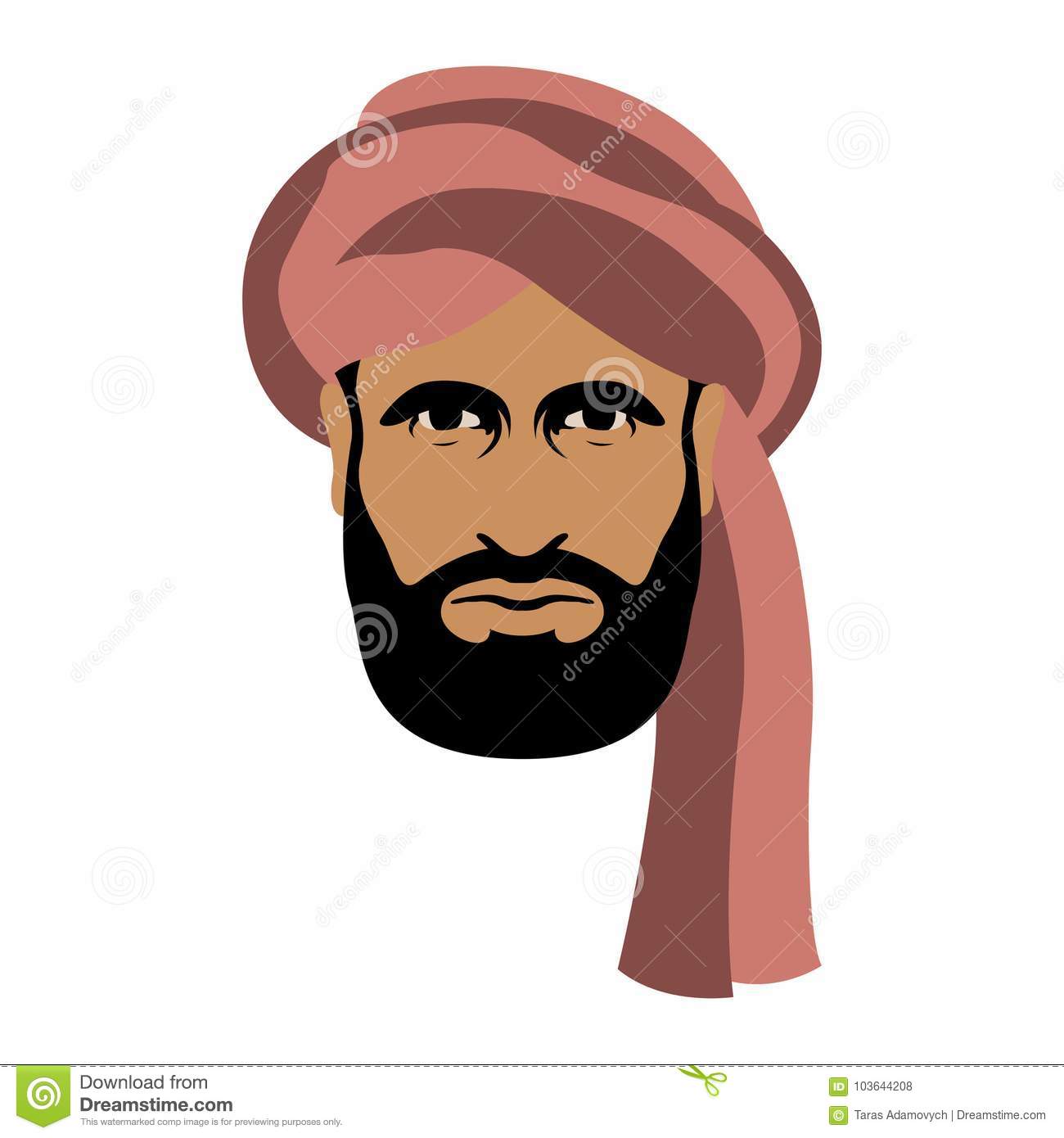
The Eastward Spread of Sufism
Often emphasized in scholarship, the missionary role of Sufis in the early Islamization of Eastern Turkestan has been overestimated. In fact, we have only a few traces of Sufi presence already in the thirteenth century in Almaliq, among other places, but Sufi proselytizing activities in the region probably did not start before the mid-fourteenth century. At that time, the Chaghatay ulus were divided into two khanates, western and eastern, when in 1348 the tribal lords of Semireche and Eastern Turkestan seceded and enthroned Tūghlūq Timūr (d. 1363). His kingdom became known as Moghūlistān.
Here again, chronicles and hagiographies include a detailed narrative of the Mongol ruler’s conversion to Islam. In brief, a Sufi master from the city of Katak (Loulan in Chinese) named Jamāl al-Dīn encountered the young Tūghlūq Timūr who promised to convert to Islam if he were to become khan. Since the master died before this happened, in 1353-54 his son Arshad al-Dīn reminded the khan of his promise. Then the Sufi and the freshly Muslim ruler decided to convert princes one by one in order to spread the religion. As a result, 160,000 Moghūls became Muslims. Historically, the conversion of princes corresponds to the political success of Tūghlūq Timūr in the 1350-60s who overcame the centrifugal tendency of the nomadic chieftains and unified them under the banner of Islam, while the large number of new converts should be understood as mass conversions among major nomadic groups. However, the most important element here is the Sufi master who appears as an advisor of the khan.
The both political and religious emergence of spiritual authorities in Eastern Turkestan is comparable to what happened in Central Asia and elsewhere in the Muslim world. The Sufi leaders in the Tarim basin have also been described as a nexus joining the antagonistic parts of the society, i.e., the nomadic and the sedentary, yet it seems more appropriate to understand their role as intermediaries between the ruling class and the people in such and such territory. This vertical as well as horizontal segmentation would explain the increasing competition between Sufi groups throughout the region during the fifteenth and the first half of the sixteen century: Katakī and Naqshbandī leaders, such as respectively Fath al-Dīn in Kucha and Tāj al-Dīn in Turfan strove to obtain the support of the rulers with the hope of enforcing their teachings, spiritual authority, and vision of Islam.
The Khwājas
In parallel with their politicization, and relaying the failed raids of Moghūl khans in Gansu, Sufi masters and their disciples nourished ambitions of expansion towards China and Tibet. Leaders of the Naqshbandiyya order (tarīqa) — founded in the fourteenth century in Bukhara — known as Khwājas became the most powerful religious authorities in Eastern Turkestan. Among them, three prominent masters regarded as saints (hazrat-i īshān) and descendants of the Prophet, named Ishāq Khwāja (d. 1599), Yūsuf Khwāja (d. 1653) and his son Āfāq Khwāja (d. 1694), were particularly active in missionary activities among the Mongols, Chinese and Tibetans. Ishāq Khwāja sent various missionaries: four vicars (khalīfa) in Dzungaria who allegedly converted to Islam a thousand Oyrat Mongols. In addition, he dispatched an emissary to Beijing who supposedly met the emperor of China himself who, in return, gave him a gift on behalf of Ishāq. Yūsuf Khwāja traveled from Fergana to India and Ladakh where he converted numerous lamas; later, after having trained Chinese Muslim scholars (‘ulamā) he went to Gansu and Qinghai to establish a Sufi branch among the Turkic Salar people. Āfāq Khwāja was also at the origin of several Āfāqī Sufi branches in Northwestern China, which will be headed by Chinese Muslim (Hui or Tūnggān) and Salar vicars; Āfāq was even credited with being supported by the 5th { Dalai Lama (d. 1682) and the Qing emperor Kangxi (r. 1661–1722).
All these data, coming from hagiographies written shortly or much later after the events, may sound doubtful. They actually show, if not confirmation, at least correlation with contextual facts. The Sufi itineraries correspond precisely to the trans-regional routes used by caravans for trade and diplomacy between Eastern Turkestan, Mongolia, China and Tibet. The religious landscape along these routes was marked by the presence and rise of Naqshbandī networks, which brought to mainland China not only missionaries and new branches but also Sufi books written in Persian, which were translated into Chinese as early as the mid-seventeenth century. Some present-day Naqshbandī circles in Qinghai and Gansu have thus preserved a collective memory of names and events from that period. Beyond these facts, the eastward spread of Sufism was a quest of foreign political support and a key element in the rising influence of Sufi masters. To put it directly, īshāns depended on clientelist patronage and had to enlarge their communities. At the symbolic level, their spiritual charisma had to rivaled the politico-religious prestige of the Mongol, Tibetan, and Chinese rulers.
The missionary passion of the Khwājas was equally focused on the Eastern Turkestan society. Fighting against the Turko-Mongolic customs and the tribal structures, Sufis promoted a strict application of Sharia, the Hanafi law system, and the veneration of Muslim saints (such as Satūq Bughrā Khan). This purpose was shared by two competing lineages: the Naqshbandiyya Ishāqiyya or Black Mountain faction (Qarātāghlīq) founded by the aforementioned Ishāq Khwāja and the Naqshbandiyya Āfāqiyya or White Mountain faction (Āqtāghlīq), founded by Āfāq Khwāja. The son of an eminent Sufi master of Samarkand, Ishāq arrived in Kashgaria in 1580 and quickly established himself as the leading spiritual authority of the khanate, being the counselor and mentor of Muhammad Khan (r. 1592–1609). This patronage system linking religious authority to political power extended to governors (sultān), military chiefs (amīr) and high officials (bīk). Receiving incomes from donations and pious foundations (waqf), the Ishāqī opened Sufi lodges and funded madrasas as well as shrines. Sufi leaders were by then so well established that they outlived their patrons themselves: from 1592 to 1638, when ‘Abd Allāh ascended the throne, six khans rose to the throne while Ishāq’s son Shādī Khwāja remained the order’s leader and court advisor. In the meantime, the above-mentioned Yūsuf Khwāja and especially his son Āfāq Khwāja introduced their own branch, developed their networks of Sufi lodges and madrasas, and completed the Ishāqiyya. After a series of political maneuvers, and with the military support of the Oyrat Dzungar Mongols who represented the rising force in Western China and Tibet, Āfāq Khwāja deposed Ismā’īl Khān (r. 1670-1680) and sat himself on the throne in Yarkand. What is often called in Chinese and Uighur historiographies the Dzungar domination over Eastern Turkestan was actually limited to a tributary suzerainty. “The real power, especially in the region of Altishahr or Six Cities (Kashgar, Yarkand, Khotan, Aksu, Kucha, and Turfan), was in the hands of the Āfāqī īshāns who set up a theocracy based on Sufi theoretical and practical principles — what can be called an ishanate, as opposed to the former khanate and differing from the caliphate. This new and utopian regime, which represented the climax of the politicization of Islamic mysticism in Central Asia, is a reminder that Eastern Turkestan has often been the early scene of politico-religious experiments. This was perhaps caused by its frontier status making this specific region the backyard, rather than the crossroads, of nearby Inner Asian empires.
The Qalandars
The production of both hagiographies in Persian or Chaghatay Turkic and the translation of Sufi texts into Chinese starting in the second half of the seventeenth and all along the eighteenth century suggest that Sufism heavily influenced the culture with its specific concepts of ethics, piety, sanctity, and salvation. Along with hagiographers and translators, Turkestani Sufi poets expressed these ideas and views in simple terms, providing modern historians with a representation of the world and the speculative questioning from that time. Two authors, who are still very popular today, deserve particular attention. The first one is Bābārahīm Mashrab (d. 1711), from Namangan in present-day Uzbekistan, who was a disciple of Āfāq Khwāja but also a follower of the Qalandariyya, a heterodox Sufi path which appeared in the thirteenth century. His collection of poems (dīwān) discuss his provocations against social and religious conformism, his travels in Ferghana, Eastern Turkestan, Ili basin and Northern India, and the mystical passion for God and saints. The second author is Muhammad Siqqīd {safarnāma) in which he describes his wanderings throughout the Tarim basin and Northern India. He too was a Qalandar who venerated the Āfāqī masters. Both works shed light not only on the religious practices and beliefs during that period — such as collective rituals of singing or dancing, lifestyle in Sufi lodges, saint veneration, etc., — but also on the intellectual crisis that beset a large part of the elite, torn between political involvement and renunciation of worldly affairs.
At Āfāq Khwāja’s death in 1694, the Ishāqī and Āfāqī orders fought for succession. Around 1700, the Dzungar Mongols led by Tsewang Rabtan (r. 1696–1727) intervened to restore order in the Six Cities. Hasan Khwāja (d. 1726), a son of Āfāq, was forced into exile in India then in Transoxiana. There in Ferghana he left behind descendants. He was apparently able to retake Kashgar and Yarkand from the Dzungars and reestablished the ishanate for three years before being murdered by the Ishāqīs. Thus ended the utopian regime of the Āfāqī Khwājas. Besides the collective memory and the politico-religious model that have been transmitted to next generations, as we will see, the Āfāqī legacy is embodied in extremely pieces of art. The most famous example is the shrine (mazār) of the Āfāqī Khwājas located near Kashgar and still existing today. Built at Yūsuf Khwāja’s death, the huge complex includes graves of Āfāq and relatives, but also a Sufi lodge, a Friday mosque, and a garden. Three other items which represent the lost grandeur of the Āfāqis are monumental genealogical scrolls (shajara) calligraphed sometimes between the 1750s and the 1820s by al-Hājjī Ismā‘īl Bukhārī, probably commissioned by Hasan’s descendants or by their patrons.
The Eastward Spread of Sufism
803 – 020
Home
Last Updated: 04/2022
See COPYRIGHT information below.



